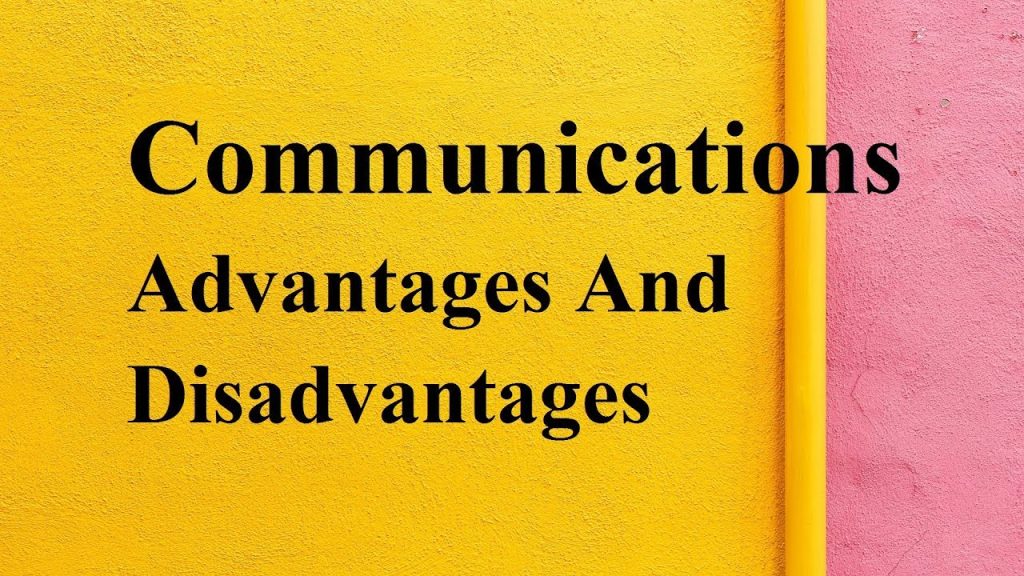We rarely pause to consider how we interact with people because it has become such a routine part of who we are. It also applies to corporate communication. Organizations are collections of actual people, not faceless abstractions. Effective communication has an impact on a company’s processes, productivity, and level. In this guide, we’ll cover all you need to know What is Business Communication and How to set up a successful business communication process.
What is Business Communication?
Any company’s success depends on effective communication. Business communication is the exchange of information between individuals both inside and outside of a work context. The general communication connected to business activity is where the phrase “business communication” originates. In other terms, “business communication” refers to interactions between persons engaged in business for purposes linked to the business.

Why is business communication important?
By encouraging cooperation, effective corporate communication boosts employee productivity. It fosters a relationship based on mutual respect and trust between employers and employees. Collaboration with employees is necessary for effective communication, as is the comprehension of their needs and desires. Employees may execute their responsibilities in a more effective and efficient manner in this way. Business partnerships are enhanced through improved business communication.
It is crucial in interacting with clients or suppliers from outside the company. Employees are able to freely express their thoughts and opinions thanks to effective corporate communication. Finally, managers learn about numerous routine and non-routine concerns through various communication channels, and based on that knowledge, they may take the required steps to address the problems.
Business Communication Functions

Communicate job functions to employees
Give full feedback
Convincing customers
Employee motivation for better decision-making
Build social relationships
Types of business communication

Internal business communication
Internal corporate communication is the exchange of information among employees. This discourse includes both official and casual communication. Additional departments that communicate with employees via a variety of means are included in internal communication. Effective internal communication is essential for taking into account and outlining an organization’s problems. Effective internal company communication may reduce complaints and enhance revenue while enhancing employee happiness, productivity, and performance.
Lateral business communication
Horizontal communication refers to the value of verbal and written business communication between coworkers. This might entail communication between employees that have the same or comparable statuses within a corporation, as well as contacts within departments or between departments. The aims must be achieved through this communication. For various organizational units to work effectively, horizontal communication is crucial for fostering collaboration and mutual support.
External business communication
Interactions with individuals outside the corporation are referred to as external business communication. These individuals may include clients, investors, suppliers, partners, management companies, etc. External communication sometimes takes the shape of emails, adverts, brochures, newsletters, content marketing, and other means. Communication between various organizations or entities is facilitated via external communication.
Steps to establishing a business communication process
- Step 1- Check the current state of business communication and set goals: Regardless of the stage of your business, you need a business communications plan. However, you will make it most useful if you focus on the areas that need the greatest improvement right now and move on to all the others later.
- Step 2- Identify the core groups in your organization
- Step 3- Identify communication methods: choose the communication methods that are right for your business communication goals, as well as the interactions between the core teams in your company.
- Step 4- Choose the right tool: There is no single handbook that determines which tool is absolutely best for each purpose. Your choice is entirely dependent on your preferences and your workforce.
- Step 5- Record the process: Finally, document everything you do during this setup and turn it into a shared document visible to the entire organization. This way, each employee can consult a purposefully developed communication plan and decide on the best course of action for the situation they find themselves in.
Advantages and disadvantages of communication in business
Advantages
- Facilitation of decision-making by providing all necessary information to employees and management.
- Improved productivity and efficiency by clearly communicating tasks, goals, and deadlines.
- Enhanced relationships with customers, suppliers, and partners through effective communication.
- Increased employee motivation and engagement through open and transparent communication.
- Better problem-solving and conflict resolution through effective communication.
Disadvantages
- Miscommunication can lead to confusion, errors, and wasted time and resources.
- Inadequate communication can lead to poor performance and low employee morale.
- Communication overload can lead to employees feeling overwhelmed and unable to keep up with the pace of information.
- Ineffective communication can lead to misunderstandings and conflicts with customers, suppliers, and partners.
- Communication breakdown can lead to lost business opportunities and a damaged reputation.
Conclusion
In conclusion, effective communication is crucial for the success of any business. It plays a vital role in facilitating decision-making, increasing productivity and efficiency, and building positive relationships with customers, suppliers, and partners. However, it is important to remember that communication is a two-way process, and it is essential to have a clear understanding of the message being conveyed as well as the feedback received. Therefore, it is important to invest in effective communication strategies and practices to ensure the smooth functioning and growth of a business.


